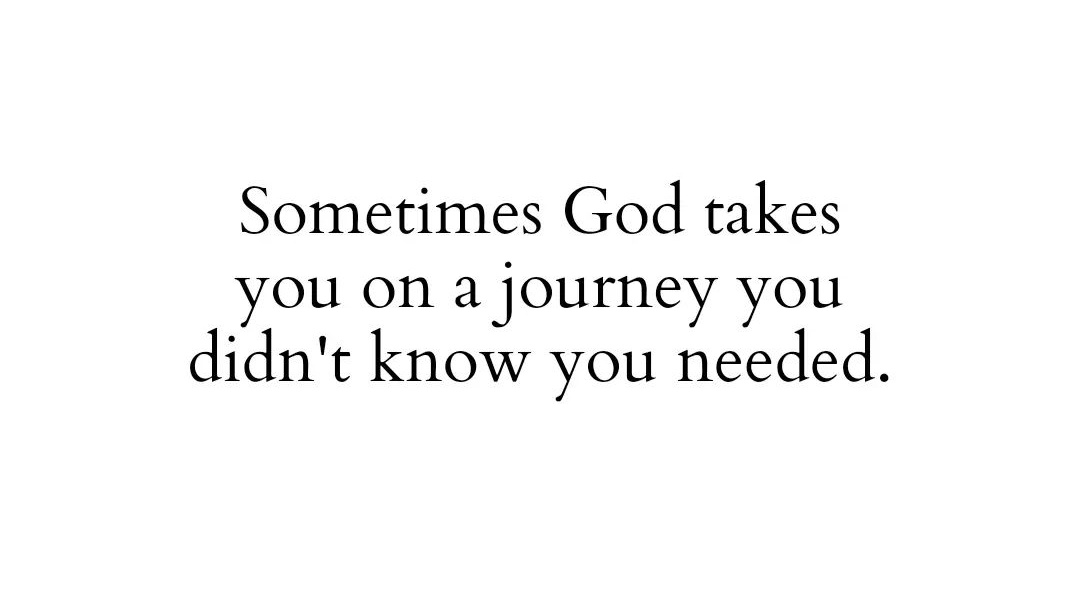Getting older is a complicated business. As we age, trips to the doctor increasingly conclude with requisitions for different screenings—tests meant to help diagnose potential problems and keep us healthy for the long haul.
Although many tests used to detect cancer have been hailed as life-saving miracles of modern medicine, some have a dark side. Concerns over the prolific use of mammograms for detecting breast cancer have been growing in the scientific community as journals publish research revealing these tests come with their own risks. With roughly seventy percent of women in the U.S. over forty having mammograms at least every two years, it raises questions about their safety, if information about potential dangers is being obscured, and who might really be benefitting from this widespread testing.
What if millions of women are fueling a billion-dollar industry with ever-increasing profits by using screening that not only hasn’t improved outcomes, but may be harming the women it is supposed to save?
Cancer in Our Society
Cancer is pervasive and widely feared due to its relentlessness, brutality, and the grueling nature of many cancer treatments. The National Cancer Institute spends billions on cancer research each year and cancer fundraisers are a perennial activity in our communities. Virtually every cancer has a month dedicated to its awareness. October is breast cancer awareness month, which it politely shares with liver cancer awareness in the United States.
As we get older, cancer is something we think about more and our doctors push us to get tests and screenings to make sure cancer cells haven’t been seeded in our bodies.
Breast Cancer
Breast cancer deeply frightens many women (and yes, men can get it too). If you happen to be considered high-risk, screenings may start as early as your twenties. In the United States, mammograms are considered the gold standard of testing for breast cancer and there are now both 2D and 3D varieties for women to choose from.
Mammograms use x-rays (a form of ionizing radiation) to take pictures of the breast. A machine is used where a woman places her breast between two plates or paddles where it is then compressed and x-ray images are captured.
In a 2D mammogram, two images are taken, one from the top and one from the side, creating a 2D picture.
3D, or tomosynthesis, is largely the same process, using slightly more radiation and capturing additional images, creating a three-dimensional picture of the breast.
Radiologists use the images to look for abnormalities, with breast cancer usually appearing as a white mass. If abnormalities are found, the patient is asked to come back for more tests, often an MRI, or to have a biopsy. Mammograms do not diagnose breast cancer. They look for abnormalities in the breast and can give the patient more information about their breast tissue, if masses are present, and if further investigation is needed. The only way to diagnose breast cancer after an abnormality is seen is to do a biopsy.
Mammography: What You Should Know
Mammography does, however, have risks that all women should be aware of. The two main concerns of mammography are radiation exposure and overdiagnosis.
Because mammography uses a type of ionizing radiation, it comes with inherent risk. We are all exposed to radiation every day. Some of that radiation, like the ultraviolet and infrared rays of the sun, is essential to our health (in appropriate doses). But we are well adapted to these natural, low levels of radiation. The same is not true of man-made radiation.
The ionizing radiation used in mammograms is much stronger than natural sources. At high levels, ionizing radiation can harm our tissues, organs, and lead to cancer. According to the American Cancer Society (ACS) the
dose of radiation people receive from a mammogram is about the same amount of radiation people get from their natural surroundings in a three-month period.
This is of concern because there are parts of the body that are particularly sensitive to radiation, and we should limit our exposure whenever possible. In fact, Cornell University’s Program on Breast Cancer Environmental Risk Factors states that “The female breast is known to be highly susceptible to the cancer-causing effects of radiation when exposure occurs before menopause.” A mammogram is also directing this radiation not only at the breast, but at the other organs inside the chest, like the heart and lungs.
A cohort study published in the British Journal of Cancer in 2012 followed more than 500,000 women from 1973 until 2009. The study found that women who had received radiation treatment for breast cancer (high energy x-rays) had a significant increase in heart disease and lung cancer in the decades after their treatment.
The study clearly demonstrates a progressive increase in both risk and mortality from radiation-related heart disease and lung cancer with time (into the third decade) after exposure to radiation.
The study is one of many to raise questions about routine mammograms for women at low risk of breast cancer.
Overdiagnosis
The other issue with mammography is overdiagnosis. Overdiagnosis is a concern because mammograms can detect abnormalities that may not be cancer, or cancers that would have regressed on their own but are treated once they are discovered. That means many women are exposed to chemotherapy, radiation therapy, and surgery that may not have been not needed.
An article published in Public Health Research and Practice entitled What Is Overdiagnosis and Why Should We Take It Seriously? offers a very good explanation of what overdiagnosis is and why it is a problem, defining overdiagnosis this way:
“In cancer screening, overdiagnosed cancers are those that did not need to be found because they would not have produced symptoms or led to premature death.”
“Overdiagnosis in cancer screening arises largely from the paradoxical problem that screening is most likely to find the slow-growing or dormant cancers that are least likely to harm us, and less likely to find the aggressive, fast-growing cancers that cause cancer mortality. This central paradox has become clearer over recent decades. The more overdiagnosis is produced by a screening program, the less likely the program is to serve its ultimate goal of reducing illness and premature death from cancer.”
An article published in The Lancet in 2013 argued that two 30- to 35- year old randomized studies underestimated when they concluded that there was a 19 percent rate of overdiagnosis when screening with mammography.
The author, Per-Henrik Zahl, a researcher with the Norwegian Institute of Public Health who has looked at breast cancer overdiagnosis, argues that detection rates and the level of overdiagnosis have increased 100 percent or more as the sensitivity of mammograms has improved.
Zahl notes that when screening was introduced in Sweden and Norway there was a 50 percent increase in invasive breast cancer. The total increase in diagnosis in Norway was 75 percent. He concluded that almost all of the increase in cancer detection through screening was due to lesions that normally go into spontaneous regression.
A comparative study published in the journal BMC Women’s Health in 2009 set out to quantify overdiagnosis in the Danish mammography screening program. Denmark is unique as only 20 percent of the population has been offered mammography over an extended period. Incidence rates of carcinoma in situ (stage 0 breast cancer) and invasive breast cancer were collected in areas with and without screening over thirteen years, and twenty years before its introduction. The study found that in the screened women, the overdiagnosis rate was 33 percent.
A systematic review published in the British Medical Journal in 2009 tracked the incidence of breast cancer before and after the introduction of mammography screening in specific areas—the United Kingdom; Manitoba, Canada; New South Wales, Australia; Sweden and parts of Norway—both seven years before and seven years after public breast cancer screening programs were implemented. The review found that overdiagnosis was estimated at 52 percent and concluded that one in three breast cancers detected in a population offered screening was overdiagnosed.
As evidence of overdiagnosis has accumulated, it is now recognized as the most serious downside of population-wide breast screening.
What Women Think
One of the main concerns with mammograms is that women may not be warned about the potential risks and all the factors involved in breast cancer screening. A cross-sectional survey of 479 women in the United States, aged 18-97 published in the British Journal of Medicine set out to understand women’s attitudes to and knowledge of false-positive mammography results as well as the detection of ductal carcinoma in situ (a type of stage 0 breast cancer) after screening mammography.
Ductal carcinoma in situ is defined as the presence of abnormal cells inside the milk duct in the breast. DCIS is considered an early form of breast cancer. DCIS is non-invasive, meaning it is still isolated and has not spread out of the milk duct and has a low risk of becoming invasive.
The survey concluded that women were aware of false positives, seeming to view them as an acceptable consequence of screening mammography. In contrast, most women were unaware that screening can detect cancers that may never progress (ductal carcinoma in situ) and felt that that information was relevant.
The study also found that only 8 percent of women thought mammography could harm a woman without breast cancer and 94 percent did not realize (doubted) that mammograms could detect cancers that might not progress. Few of the women in the study knew about ductal carcinoma in situ, but 60 percent of the women wanted to take into account the possibility that any cancer detected may not progress.
Another study published in the Journal of the American Medical Association (JAMA) in 2013 looked at overdiagnosis and overtreatment of breast cancer, and what physicians were telling patients about the risks of screening, specifically the possibility of overdiagnosis and overtreatment.
Less than 10 percent said they were told about the risks of mammograms by their physicians. Little more than half (51 percent) said they would not agree to screening if it resulted in one overtreated person per one life saved. These numbers imply that millions of Americans might not choose to be screened if they knew the whole story, but unfortunately, 90 percent are not getting that information.
The Cancer Industry Recommendations
In the United States, mammograms are the standard screening used to detect breast cancer, and doctors usually begin speaking to their women patients about mammograms at around age forty.
Both The American College of Radiology and the American Congress of Obstetricians and Gynecologists recommend women begin annual mammograms at age forty. The American Cancer Society recommends annual screenings begin at 45 (then once every other year after 55), and The US Preventative Services Task Force recommends women begin mammograms every other year at age fifty.
Mammograms are approved by the FDA (Food and Drug Administration) which regulates the standards for mammography machines and the people who provide them. The FDA has also released several warnings about using thermography instead of mammograms, reminding the public that mammography is still the most effective primary breast cancer screening test.
Do Regular Mammograms Lead to Better Outcomes?
The question becomes, do regular mammograms lead to better outcomes? Well, it would depend on how you define better outcomes. If we are talking about detecting breast cancer, it seems the answer is most certainly yes. Mammograms seem an excellent tool for detecting breast cancer. But, if we define better outcomes as fewer women dying of breast cancer, then we seem to have entered a different territory.
An article, “Mammograms and Mortality: How Has the Evidence Evolved?” published in 2021 noted that a previous meta-analysis of mammogram studies revealed that mammograms have led to no significant reduction in all-cause mortality (death from any cause) for women of any age group. The article, by Amanda Kowalski, a health economist and the Gail Wilensky Professor of Applied Economics and Public Policy at the University of Michigan Department of Economics, also notes that some trials even show imprecise increases in all-cause mortality across all age groups or within an age group. These findings were based on eight large randomized controlled trials that combined included over 600,000 women.
A very large Canadian randomized screening trial published in the British Medical Journal followed nearly 90,000 women aged 40-59 over 25 years, who were considered at average risk for breast cancer. One group of women received routine mammograms, and the other did not. The somewhat surprising results were that mortality rates in both groups were almost identical. The overall conclusion of the study was that annual mammography in women aged 40-59 does not reduce mortality from breast cancer any better than a physical examination. The study also noted that they found the overdiagnosis rate among the mammography participants was 22 percent.
An analysis published in the Journal of the Royal Society of Medicine in 2015 concluded that mammograms have been promoted to the public with three promises that all seem to be wrong. The first is that they save lives, the second is that they save breasts, and the third is that they catch cancer early. The author, Peter C Gøtzsche, formerly with the Nordic Cochrane Center and co-founder of the influential Cochrane Collaboration, states that mammogram screenings do not help women live longer, increase mastectomies, and many cancers are still caught at a very late stage.
It’s a sentiment other researchers have also expressed.
“The time has come to reassess whether universal mammographic screening should be recommended for any age group because the declines in breast cancer mortality can be ascribed mainly to improved treatments and breast cancer awareness; currently, we see that screening has only a minor effect on mortality (if any),” researchers from Nordic Cochrane Centre wrote in the journal Radiology in 2011.
In 2013, the Swiss Medical Board—an independent health technology assessment initiative—was asked to prepare a review of mammography screening. After a panel reviewed the available evidence—and contemplated its implications in detail—they were extremely concerned. The Swiss Medical Board’s report was released on Feb. 2, 2014, and acknowledged that systematic mammography screening might prevent about one death from breast cancer for every one thousand women screened, even though there was no evidence that overall mortality was affected. It also emphasized the harm caused by mammography, specifically false-positive test results and the risk of overdiagnosis. The report cites the following statistics, from a study published in the Journal of the American Medical Association:
“For every breast-cancer death prevented in U.S. women over a 10-year course of annual screening beginning at 50 years of age, 490 to 670 women are likely to have a false positive mammogram with repeat examination; 70 to 100, an unnecessary biopsy; and 3 to 14, an overdiagnosed breast cancer that would never have become clinically apparent.”
Based on their findings, the board recommended that no new systematic mammography screening programs be introduced in Switzerland and that a time limit be placed on existing programs in the country, phasing them out entirely.
(On the New England Journal of Medicine’s website you can listen to an interview the journal conducted with Dr. Mette Kalager on the Swiss Board’s recommendation and learn more about why they recommended phasing out routine mammography screening.)
The Nordic Cochrane Centre, thought to be one of the world’s best and least biased research institutions, conducted a systematic review to assess the effect of screening for breast cancer with mammography on mortality and morbidity. The trials they looked at included 600,000 women aged 39-74 years. The conclusions, published in 2013, are as follows:
“If we assume that screening reduces breast cancer mortality by 15 percent and that overdiagnosis and overtreatment is at 30 percent, it means that for every 2,000 women invited for screening throughout 10 years, one will avoid dying of breast cancer and 10 healthy women, who would not have been diagnosed if there had not been screening, will be treated unnecessarily. Furthermore, more than 200 women will experience important psychological distress including anxiety and uncertainty for years because of false positive findings.”
The study’s authors, Peter C Gøtzsche and Karsten Juhl Jørgensen, state that women should be fully informed of both the benefits and harms. They went so far as to write an evidence-based leaflet in several languages to help women understand the risks.
The Mammography Industry-Projected Earnings
What might perhaps be interesting to know is that mammography is a multi-billion dollar industry.
In September 2022, Vantage Market Research released a report that projected earnings for the mammography market would be from US $1.8 billion in 2021 to $3.2 billion by 2028.
Growing markets in Asia will provide most of that expansion. The report attributes the huge growth in the region to the existence of a significant number of mammography companies, and the high adoption rate due to government measures that stimulate the industry and increasing collaborations between the mammography industry and governments in the region.
Final Thoughts
Success when it comes to breast cancer really depends on the outcome we are trying to achieve. If it is early detection, then we seem to be doing a stellar job. But if our goal is lowering mortality rates, we seem to be in a gray zone and possibly moving backwards. With the present technology—and its increasing sensitivity—we seem to have created many more cancer patients, perhaps unnecessarily, and are keeping women in the dark about the dangers.
Michael Baum, a Professor Emeritus of Surgery and a visiting Professor of Medical Humanities at University College London (UCL), is a British surgical oncologist specializing in breast cancer treatment and one of the architects of Britain’s national breast screening program.
Baum went from being one of the most determined supporters of breast cancer screening to one of its most vocal opponents.
In his book, “The History and Mystery of Breast Cancer,” he explains why.
“The largest threat posed by American medicine is that more and more of us are being drawn into the system not because of an epidemic of disease, but because of an epidemic of diagnoses. The real problem with the epidemic of diagnoses is that it leads to an epidemic of treatments. Not all treatments have important benefits, but almost all can have harms.”
Views expressed in this article are the opinions of the author and do not necessarily reflect the views of The Epoch Times. Epoch Health welcomes professional discussion and friendly debate. To submit an opinion piece, please follow these guidelines and submit through our form here.

Emma Suttie D.AC, AP is an acupuncture physician and founder of Chinese Medicine Living—a website dedicated to sharing how to use traditional wisdom to live a healthy lifestyle in the modern world. She is a lover of the natural world, martial arts, and a good cup of tea.



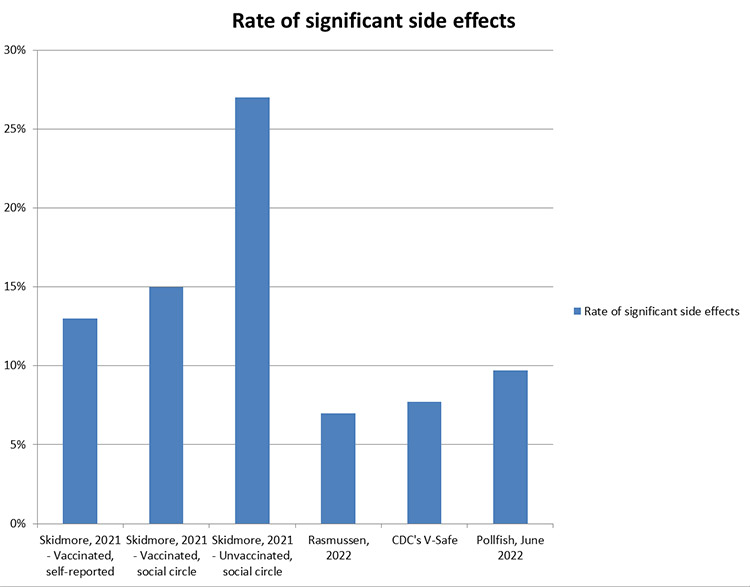
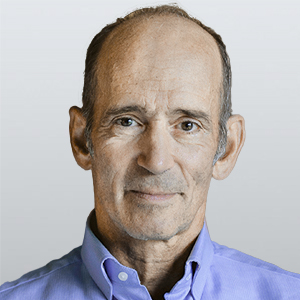
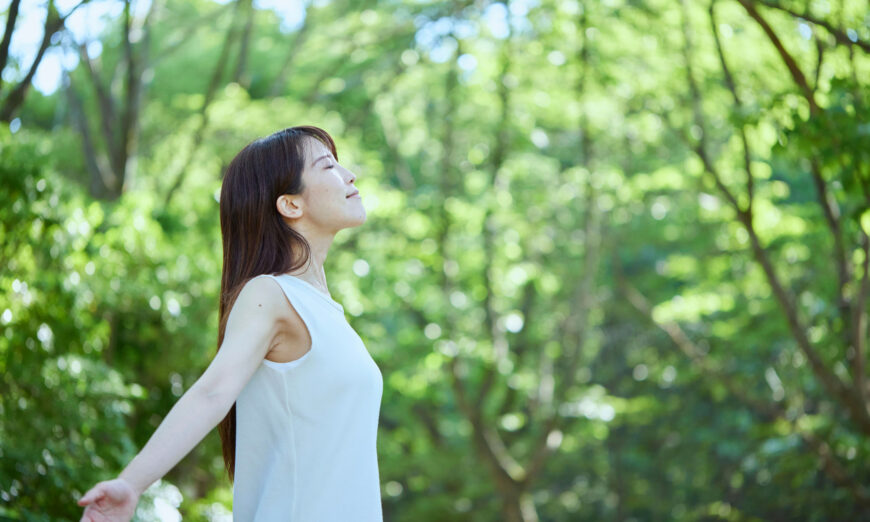

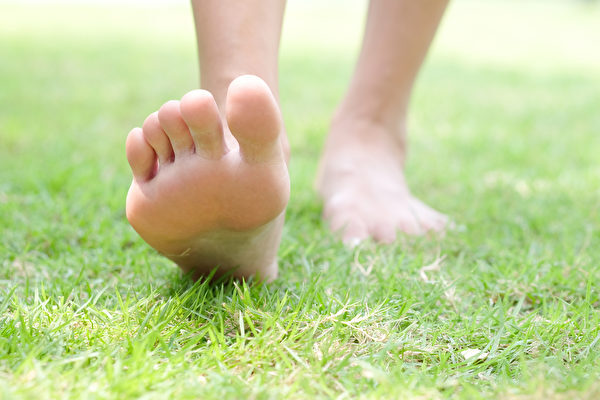
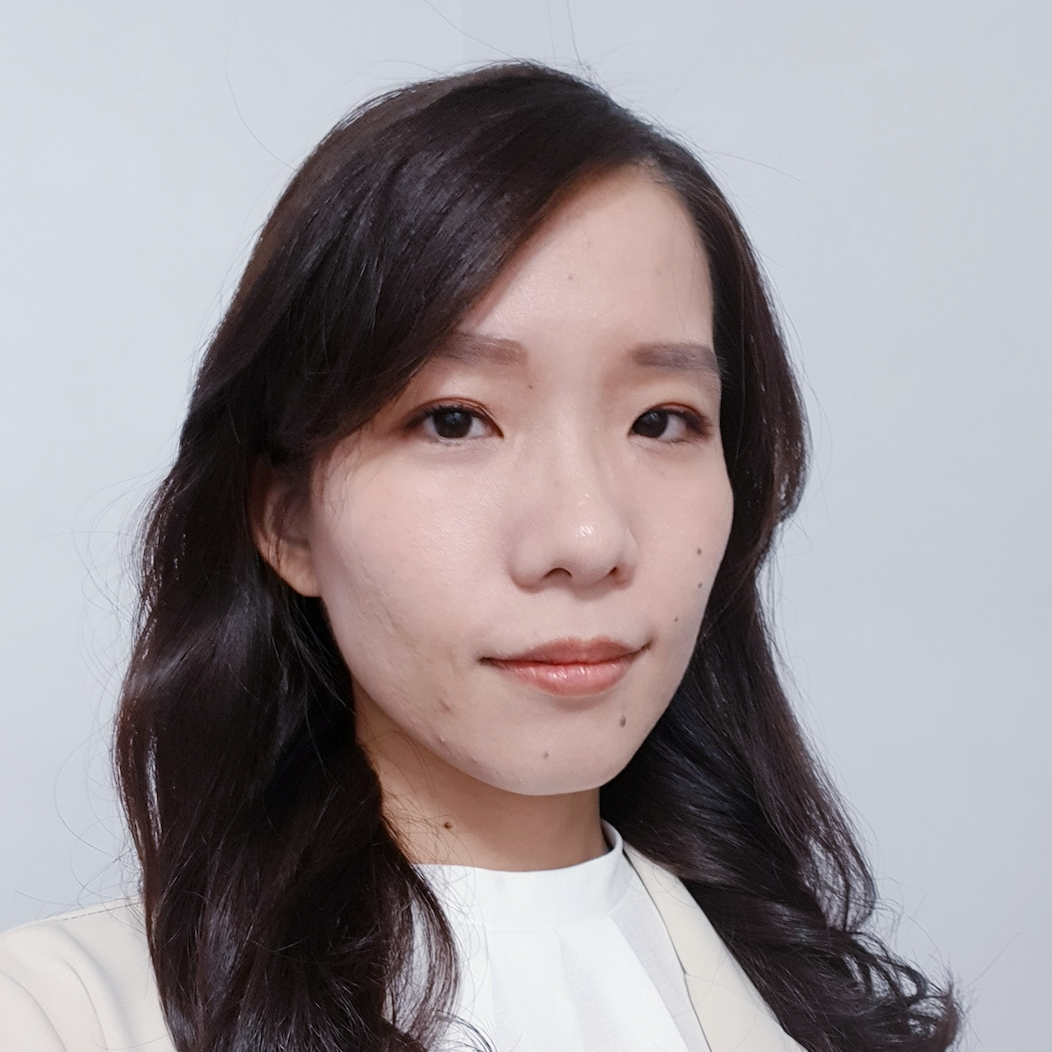
 Meditation, with its countless
Meditation, with its countless  In Joshua 1: 8 states “This Book of the Law shall not depart from your mouth, but you shall meditate on it day and night, so that you may be careful to do according to all that is written in it.”
In Joshua 1: 8 states “This Book of the Law shall not depart from your mouth, but you shall meditate on it day and night, so that you may be careful to do according to all that is written in it.”
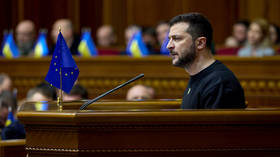

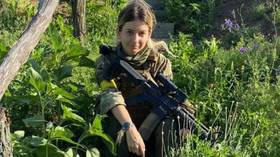



 ourselves, but those around us and even the world. All those interactions generate energy, positive and negative, affecting us, those around us and even the world. We have and are at this moment designing and creating our world.
ourselves, but those around us and even the world. All those interactions generate energy, positive and negative, affecting us, those around us and even the world. We have and are at this moment designing and creating our world. Meditation is a spiritual practice along with fasting, that can expand a person perspective and help shape your idea of the physical and metaphysical worlds. Meditation is a natural relaxation state of the mind. While many hear the word “fast” and panic, it truly is spiritual practice to test your will and desire, only if practice intermittently. There are many different fasting methods and most people are able engage 24 to 72 hour period with either a water or juice fast. Others may like the intermitting fasting, blocking a daily time to eat, normally a 6-8 hours period, i.e. 10AM to 5Pm. Eat only during those hours and fast until the next day. Fasting has been used therapeutically since at least the 5th century
Meditation is a spiritual practice along with fasting, that can expand a person perspective and help shape your idea of the physical and metaphysical worlds. Meditation is a natural relaxation state of the mind. While many hear the word “fast” and panic, it truly is spiritual practice to test your will and desire, only if practice intermittently. There are many different fasting methods and most people are able engage 24 to 72 hour period with either a water or juice fast. Others may like the intermitting fasting, blocking a daily time to eat, normally a 6-8 hours period, i.e. 10AM to 5Pm. Eat only during those hours and fast until the next day. Fasting has been used therapeutically since at least the 5th century  breath. Your relaxing your mind so try not to think of anything. Just focus on a point in the front of eyes. You will find your thoughts drifting to the interactions of the day, just bring the focus back to the point in front of the eyes. The time you meditate is up to you.
breath. Your relaxing your mind so try not to think of anything. Just focus on a point in the front of eyes. You will find your thoughts drifting to the interactions of the day, just bring the focus back to the point in front of the eyes. The time you meditate is up to you.

